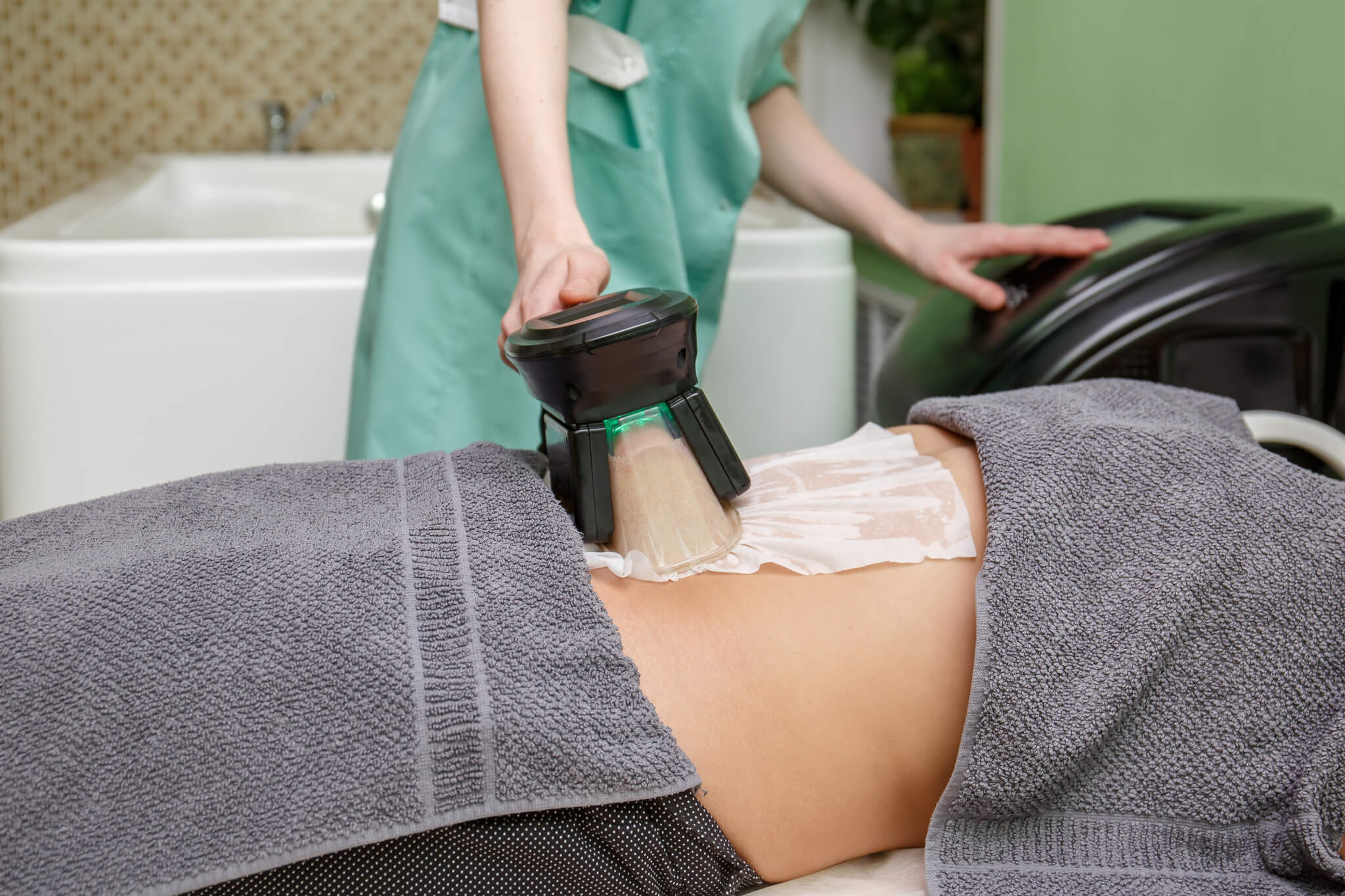CoolSculpting is one of the quickest and safest cosmetic procedures on the market today. Not only does it require no stitching, which reduces the risk of infections and scarring, but it also requires no anesthesia, which drastically reduces the procedure’s overall potential for adverse side effects.
CoolSculpting machines emit extreme cold through a tool called an applicator. This tool has a gel-like pad attached to its head, emitting temperatures as cold as -5 to -10 degrees Celsius to freeze and dismantle the fat in the treated area. Later, the body naturally flushes all the dead fat cells out of the body.
There is one infrequent reaction to CoolSculpting you should know about, however, and that is called Paradoxical Adipose Hyperplasia. Let’s dive into what causes this reaction and how patients can treat it.
What is Paradoxical Adipose Hyperplasia?
Paradoxical adipose hyperplasia happens when the targeted area grows instead of reducing in the weeks after the procedure. The body part will resultantly appear well-marked, swollen, firm, and generally more massive than before.
This reaction to CoolSculpting is so rare that research has shown it happens in only one out of every 4,000 sessions, which equates to roughly 0.025 percent of treatments. While this is not an ideal scenario, at the very least, it is not painful, and no lingering side effects will remain.

How to Treat Paradoxical Adipose Hyperplasia
The solution is pretty simple and straightforward, but unfortunately, the patient has to revisit the operating room and undergo another cosmetic procedure to fix the abnormality. Patients who chose CoolSculpting because of its non-invasive technique and quick turnaround will likely be annoyed and frustrated by the solution, which entails receiving liposuction.
The patient will first have to wait for the paradoxical adipose hyperplasia to sufficiently soften for the corrective procedure to prove effective and definitive. If you do not wait the recommended time and allow the area to loosen up completely, then you may run the risk of the paradoxical adipose hyperplasia coming back instantly.
Contrary to CoolSculpting, with liposuction, the patient has to receive local or general anesthesia, which elevates potential risks and side effects associated with the procedure.
As we stated before, paradoxical adipose hyperplasia is an exceedingly rare setback from cryolipolysis that should not deter you from inquiring about or undergoing a cosmetic procedure like CoolSculpting. If you want to take even more precaution, discuss this possibility with your doctor so they can run additional analyses to diminish the likelihood of this happening.

